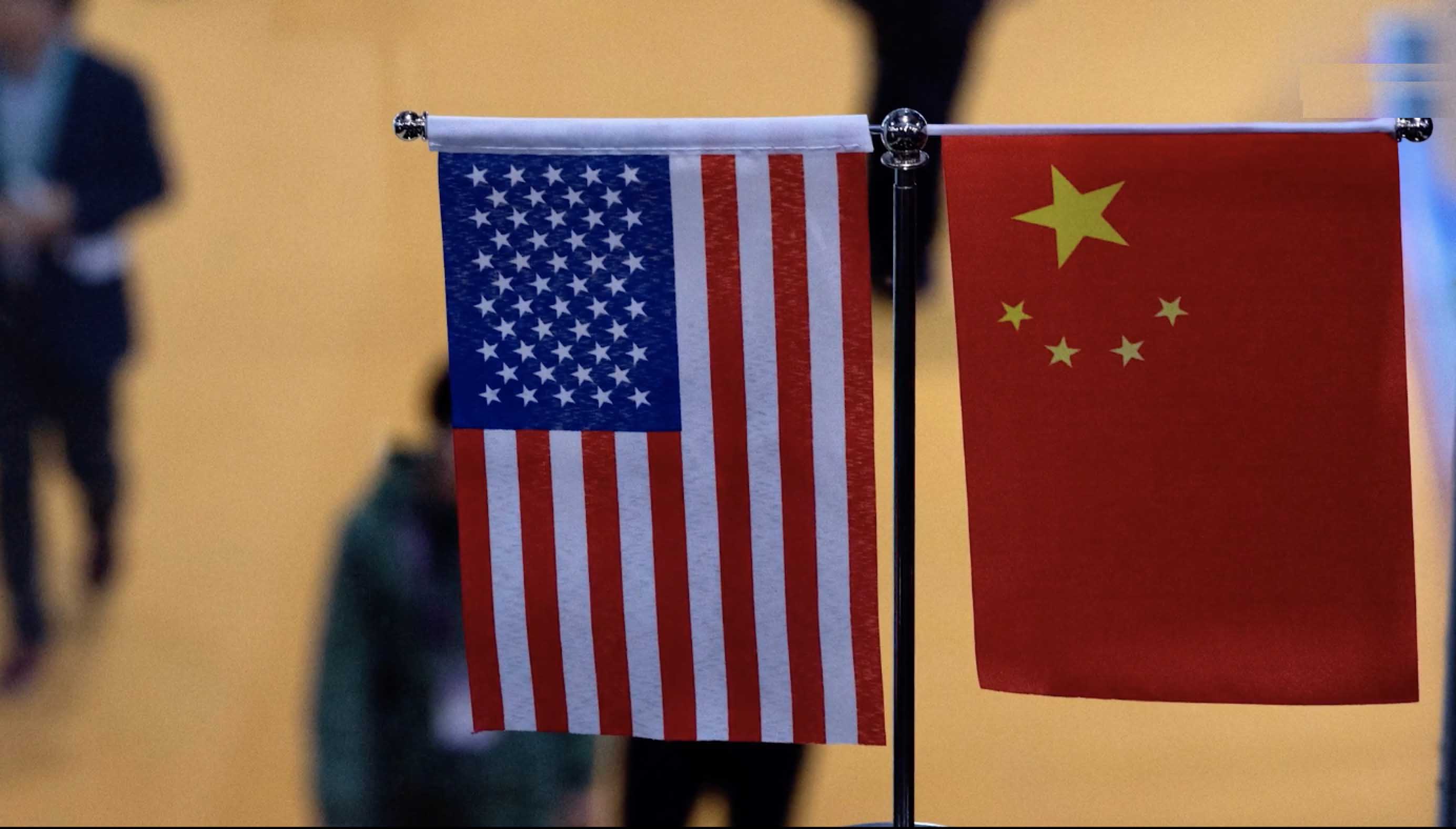Zhao Minghao, Professor, Institute of International Studies at Fudan University, and China Forum Expert
Dec 24, 2024
The recent prisoner swap and forward movement on illicit drugs by China and the United States demonstrates that the two powers can make stabilizing progress together when they put their minds to it. But more uncertainty is on the way, as Donald Trump returns to the White House.
Ma Xue, Associate Fellow, Institute of American Studies, China Institutes of Contemporary International Relations
Nov 20, 2023
The summit meeting of presidents Xi Jinping and Joe Biden was an opportunity to redefine the narrative, find balance and set a precedent for a more predictable framework in which global challenges can be tackled together. The world is watching.

Brian Wong, Assistant Professor in Philosophy and Fellow at Centre on Contemporary China and the World, HKU and Rhodes Scholar
Oct 20, 2023
Despite the prevailing view of "structural fatalism" in Sino-American relations, there is a growing determination on the part of both Chinese and American leaderships to engage in direct dialogue and build trust. A high-level, face-to-face meeting between Presidents Xi and Biden is essential for addressing critical questions, clarifying baselines, and signaling the willingness for further communication, with a focus on managing the Sino-U.S. relationship.
Zhang Monan, Deputy Director of Institute of American and European Studies, CCIEE
Mar 09, 2023
Industrial and supply chains have become the main theater of competition between China and the United States. America’s technology war will be deliberate, intense and long-term. For this reason, China must be strategically prepared for a protracted fight.
Lucio Blanco Pitlo III, President of Philippine Association for Chinese Studies, and Research Fellow at Asia-Pacific Pathways to Progress Foundation
Jan 19, 2023
Philippine President Ferdinand Marcos Jr.’s visit to Beijing may help set the tone for cordial bilateral ties with China, but could also stir wariness on the part of the country’s longstanding treaty ally, the United States. The Philippines must carefully navigate its position to avoid being seen as favoring either side.
Chen Wei, Senior Research Fellow, China Institute of International and Strategic Studies
Dec 22, 2022
Will the Asia-Pacific chart a course forward? Or will it return to the status quo of the Cold War? Mentality matters, and the old thinking inevitably leads to misjudgments. The U.S. sees China through the same prism it once saw the Soviet Union but neglects the fundamental differences of two hugely different ages.
Chung-in Moon , Chairman of the Sejong Institute and Vice Chair of APLN, Republic of Korea
Dec 22, 2022
We need to learn how to respect differences and live harmoniously, because not all people or cultures are alike. It’s not healthy for the new Indo-Pacific concept — which works against open regionalism — to replace the traditional notion of the Asia-Pacific.
Richard Javad Heydarian, Professorial Chairholder in Geopolitics, Polytechnic University of the Philippines
Dec 02, 2022
Despite tensions between the U.S. and China on the economic and political fronts, leaders from both countries found some common ground during their recent meeting in Bali. Presidents Biden and Xi have reiterated their commitment to work together to address transnational challenges, avoid conflict with each other, and maintain open communication.
He Weiwen, Senior Fellow, Center for China and Globalization, CCG
Jul 12, 2022
The systemic challenge for the U.S. is not China but the worst inflation in 40 years. In fact, fragmentation does not seem to be happening in the real world. Even an Asia-Pacific version of NATO will not likely divide the region, as China will continue to be a major trade partner.
Lucio Blanco Pitlo III, President of Philippine Association for Chinese Studies, and Research Fellow at Asia-Pacific Pathways to Progress Foundation
Jun 30, 2022
The IPEF - a U.S.-initiated trade and development partnership - is poised to bring in enthusiastic participation from several nations in the Asia-Pacific region. Notably, Southeast Asian states are well represented among members, giving the U.S. considerable influence right in China’s backyard.